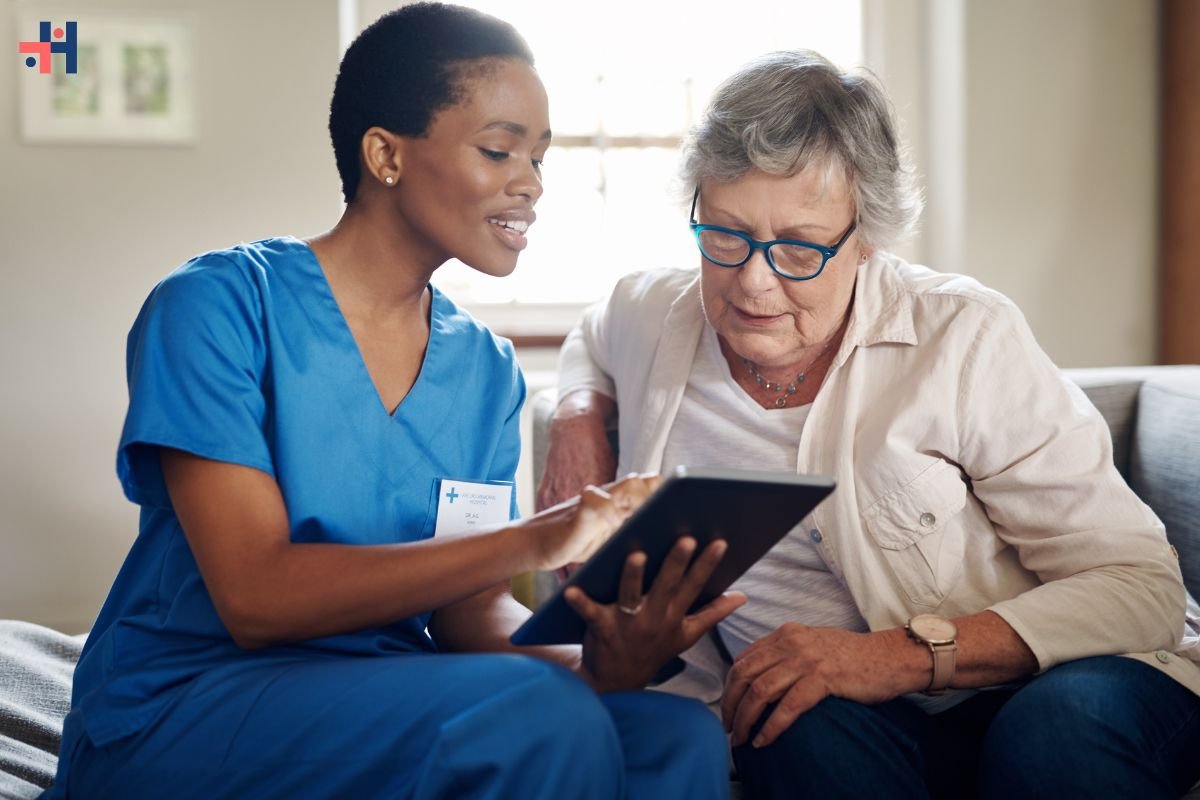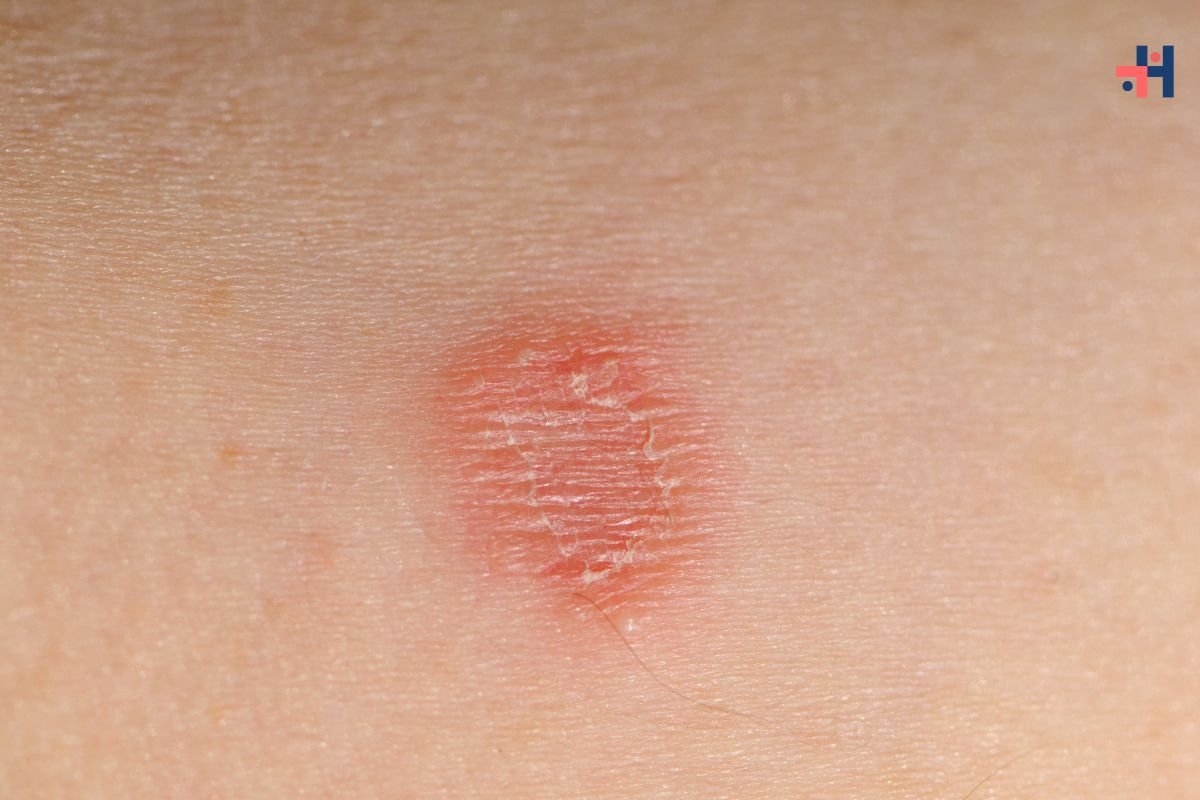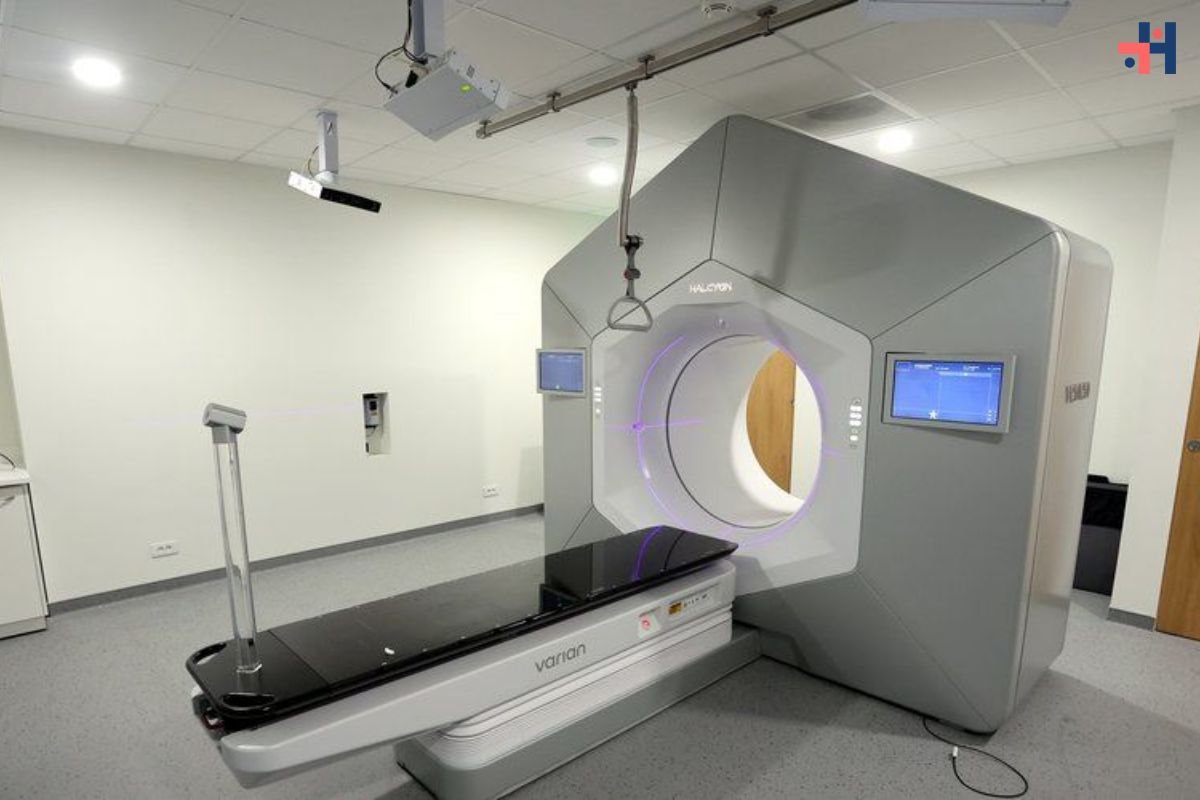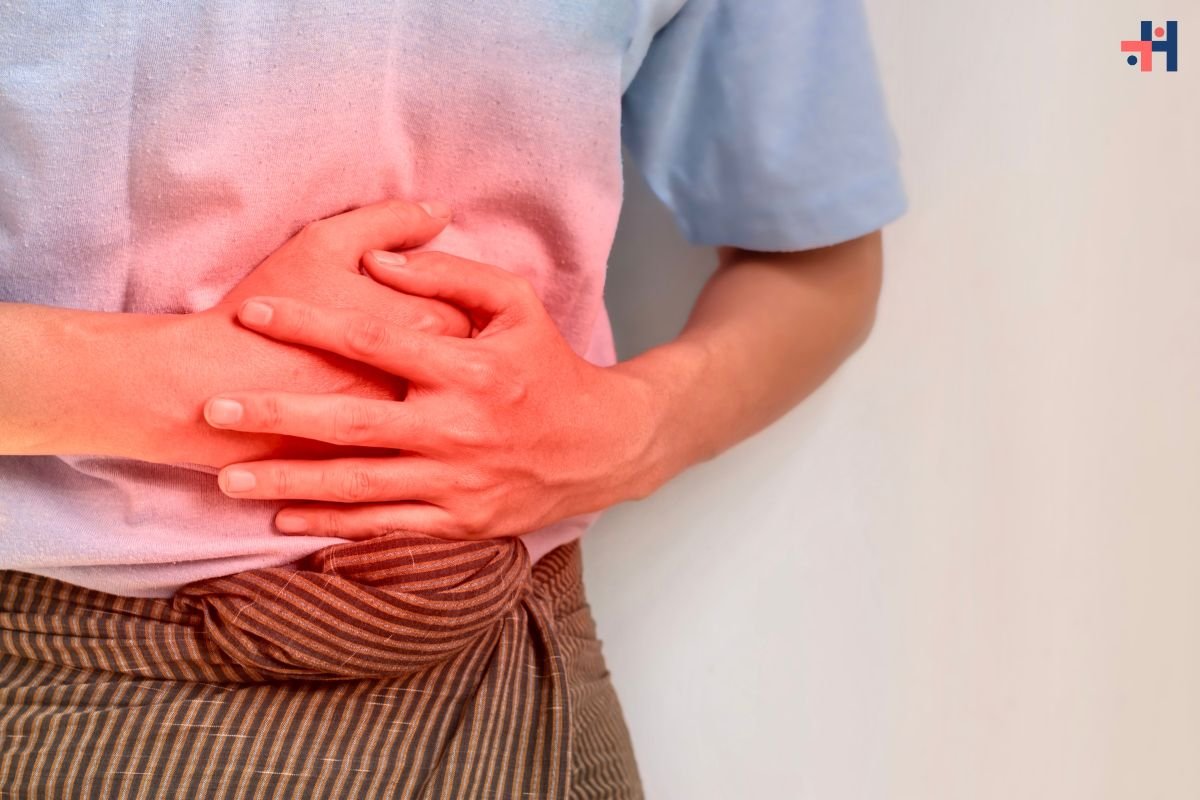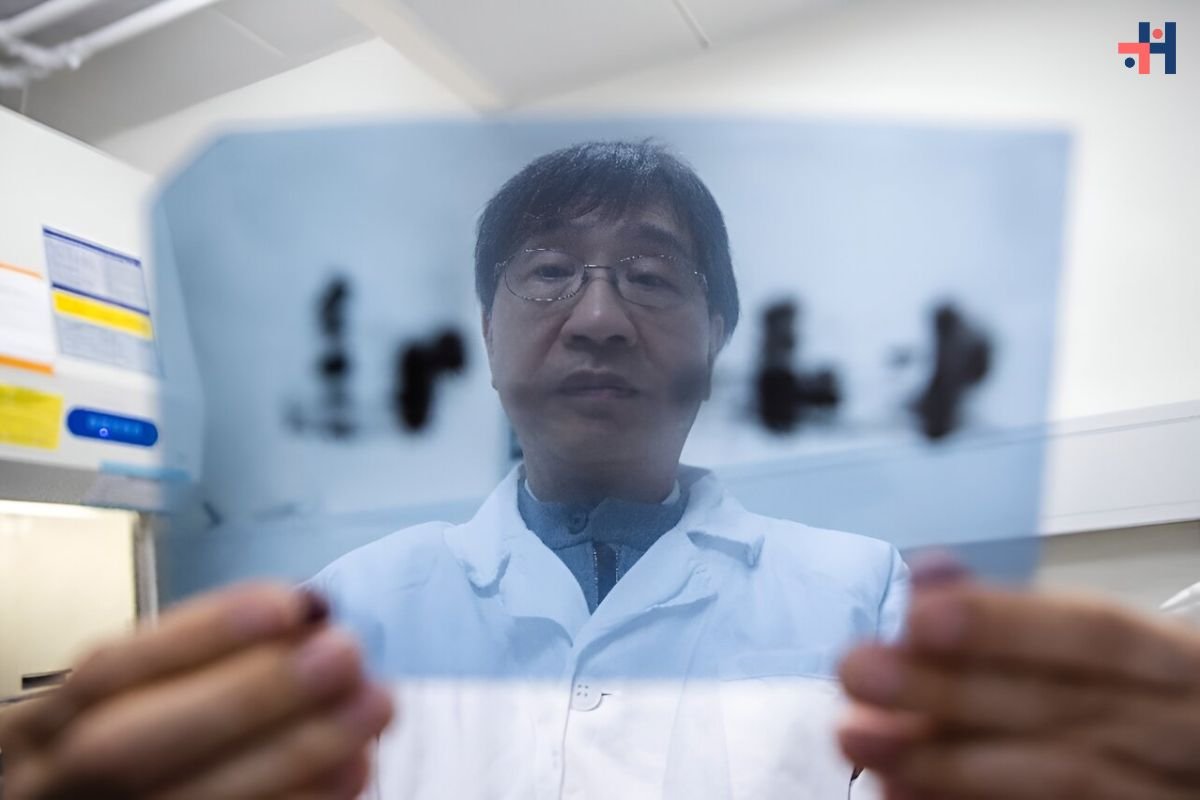(Source-ABC-News-The-Walt-Disney-Company)
For the first time, women in the United States can now self-collect samples for human papillomavirus (HPV) screening. This week, the U.S. Food and Drug Administration FDA Approval self-swab tests from Becton, Dickinson and Company (BD) and Roche Holding AG for clinical use. These tests can be used in private rooms within doctor’s offices, mobile clinics, or other healthcare settings, but are not yet available for home use.
Understanding HPV
HPV is the most prevalent sexually transmitted infection (STI) in the U.S., infecting about 13 million Americans each year, according to the Centers for Disease Control and Prevention (CDC). Most HPV infections resolve on their own within two years, but about 10% can persist and lead to various cancers, including cervical, vaginal, vulvar, penile, anal, and oropharyngeal cancer. Annually, HPV causes around 37,000 cancer cases in the U.S.
How the New FDA Approval Tests Work
Traditionally, HPV tests are conducted by gynecologists who collect a sample of cervical cells using a swab. The new FDA Approval tests allow patients to perform the swab themselves in a clinical setting. Once the sample is collected, it is sent to a laboratory for analysis, and the results are relayed back to the ordering doctor, who then informs the patient.
BD and Roche anticipate that self-collection will be available at some healthcare providers by this summer, needing three to four months to prepare and distribute the kits. “Cervical cancer should be completely eradicated from this planet, yet it continues to persist,” said Dr. Melissa Simon, an OBGYN with Northwestern University Hospital. “You can do it under your own control and feel safer collecting that sample.”
The companies aim to make these self-collection kits available for at-home use by the end of the year, pending FDA approval.
Expanding Access and Comfort
Self-collection tests are not intended to replace regular HPV screenings by trained physicians but to expand access and make more women comfortable with testing. “Many patients are uncomfortable with the intimate nature of a pelvic exam,” said Dr. Jeff Andrews, a board-certified gynecologist and VP of Global Medical Affairs for Diagnostic Solutions at BD. “The option to self-collect in a clinical setting can help women overcome some of these barriers.”
The HPV vaccine, FDA Approval approved by the FDA in 2006, is a critical preventive measure. The CDC recommends that children aged 11 to 12 receive two doses of the vaccine, given six to 12 months apart. Children can start getting vaccinated at age 9. Anyone under 26 can get the HPV vaccine if they have not been fully vaccinated.
Screening Recommendations
The American Cancer Society and the American College of Obstetrics and Gynecology recommend the following screening schedules:
- Women aged 21-29: Screen every three years with a Pap test.
- Women aged 30-65: Screen every five years with an HPV test or a Pap and HPV co-test, or every three years with a Pap test alone.
- Women aged 65 and older: Can stop testing if they have no history of cervical cancer or abnormal cervical cells and have had consistently negative test results over the past ten years, with the most recent test occurring within the past five years.
The recent FDA approval of self-swabbing tests marks a significant step in making HPV screening more accessible and less intrusive, potentially increasing early detection and treatment of HPV-related cancers.


